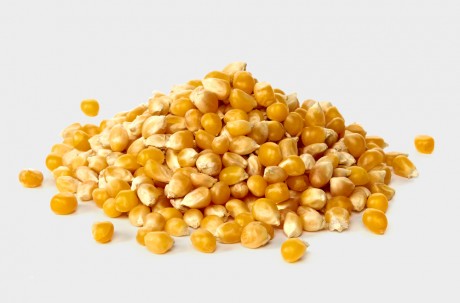Corn

Corn is the energy base for feeding poultry, pigs and cattle and is intended for human consumption. Corn plays a key role in our crop rotation, as it produces a large amount of straw that helps protect the soil, recycle nutrients and increase organic matter in the soil.
How we produce our corn
Learn about our production model
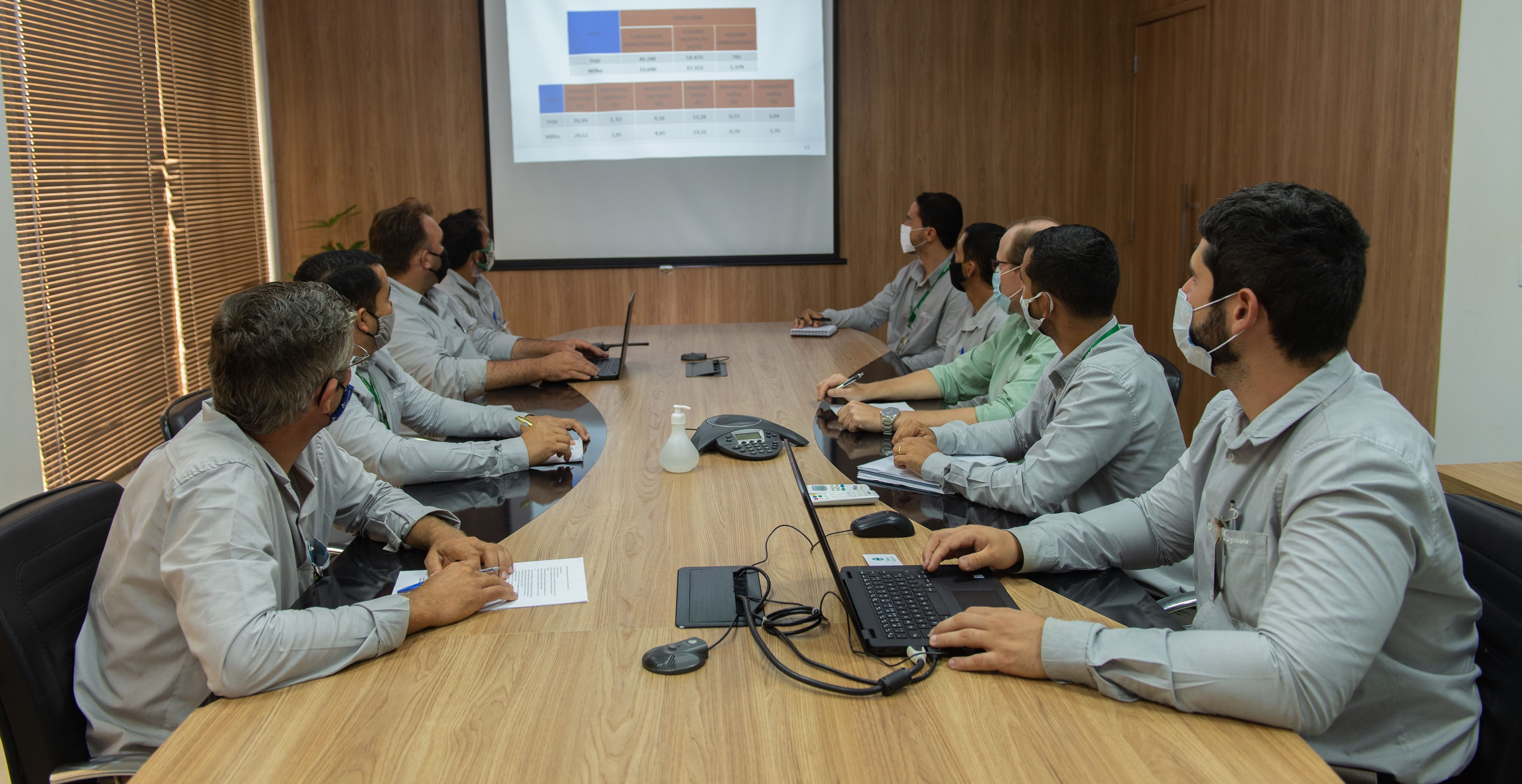
Agricultural Planning
Corn is planned due to its agronomic benefits and rotates with soy and cotton. It plays a fundamental role in diluting the fixed costs of farms, especially where it is grown in the 2nd harvest, in the states of MT, MS and MA. Input planning takes into account the expectation of production for each sowing season, aiming to obtain the best cost/benefit and the decisions about the hybrids that will be planted occurs based on our research database and according to the biotechnologies identified as necessary for the production system.
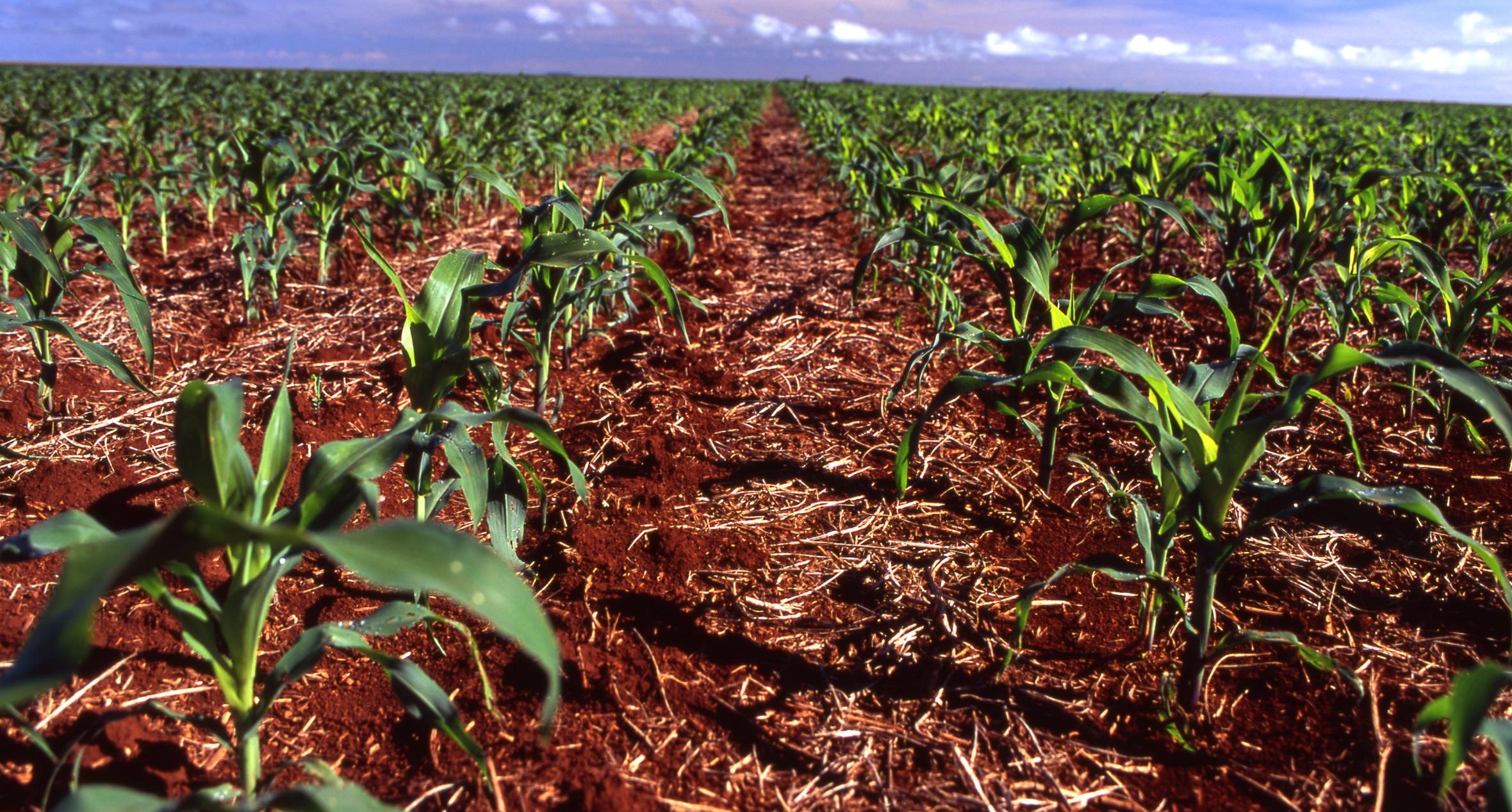
Preparation, sowing and management
The direct sowing system represents 100% of the area cultivated with corn from SLC Agrícola, which is sown shortly after the soy harvest. Corn management depends on the expectation of production for each crop and monitoring pests and diseases (MIP/MID), which makes it possible to direct efforts and carry out the management rationally.
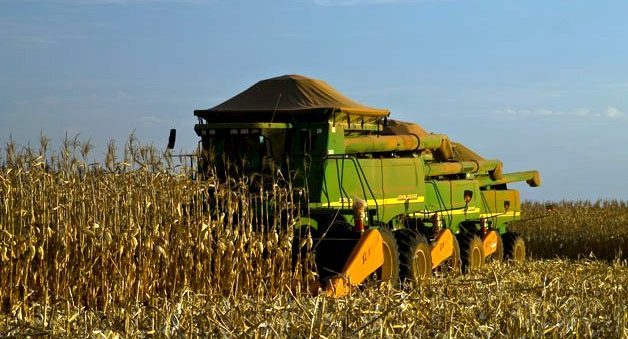
Harvest
Corn is harvested during the months of June and July on farms that have a 2nd harvest. The machines used are the same ones that perform the grain harvest, changing only the ear collection platform.
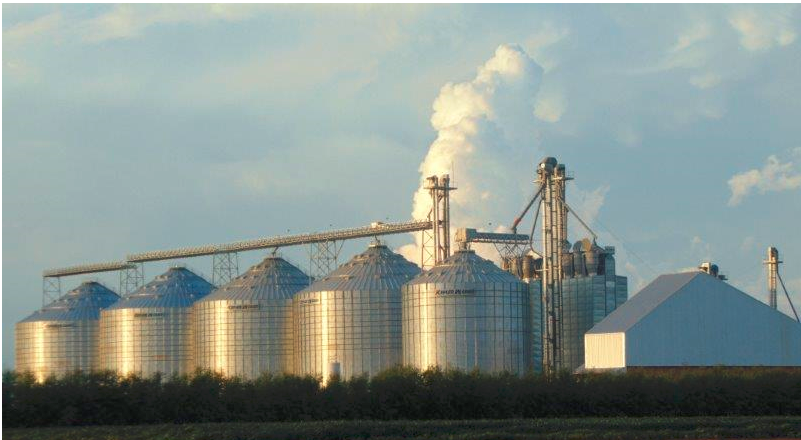
Processing and storage
The process of processing and storaging corn begins with receiving it at the warehouse, followed by pre-cleaning of the grain, drying, storage and subsequent shipment of the stored grain.
How we get to you
The corn crop production cycle begins with market analysis, in which the area to be planted is defined. Subsequently, the crops and all the crop planning and execution of the necessary agricultural activities are defined. Once harvested, grain corn is stored on the farm until it is sold to domestic and foreign market customers. The final destination of the corn is the main energy component of poultry, pig and cattle feed in the meat production process, intended for human consumption. Only a smaller portion of the volume of corn produced is used directly in the human diet, such as flours, oils, sweeteners, pasta and cookies, among other foods in which corn is a component.
